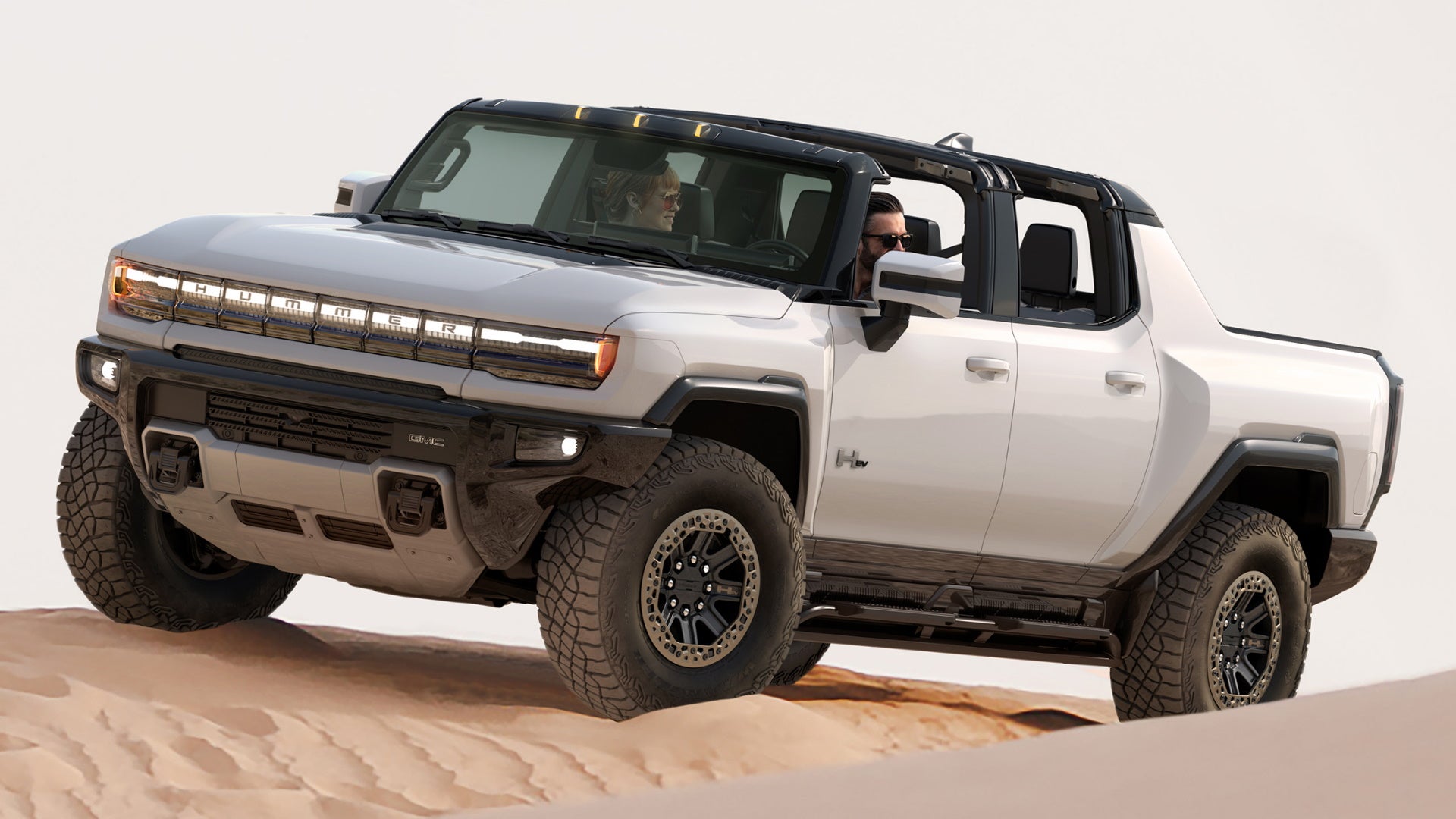Engineers are a precise bunch, and as such, the names they give to measurements are also precise and often explain exactly what they entail. At least in terms engineers can understand. But for us average folk, those names are often illegible letters that would total zero points in Scrabble. Take for instance, GVWR.
GVWR is one of those acronyms you’ve seen on truck commercials but have never really understood. You know GVWR is important and something to be touted—why else would Will Arnett be talking about it—but you’ve failed to grasp what it is or why it matters. Don’t worry, because The Drive’s editors are here to break down exactly what GVWR is and isn’t.
Lab coats on!
GVWR stands for gross vehicle weight rating and refers to the maximum poundage your truck can weigh to operate safely and without harm to its components. Put simply, it’s the max weight before everything goes caput. Manufacturers calculate this number by testing the structural integrity of your truck’s suspension components, tires, wheels, body, frame, and bed.
Your truck’s GVWR can be found in that old dusty manual in your glove box, the B-Pillar Vehicle identification plate, or on the manufacturer’s website.
Payload capacity refers to the gross load weight a truck is capable of safely sustaining and operating within. That includes everything you’re able to load into your truck and the truck’s bed without breaking the suspension, voiding your warranty, and becoming a TikTok starlet.
Towing capacity refers to the gross pulling weight a truck is capable of safely towing behind it. That includes everything you’re able to hook up to your truck without it breaking the suspension, ripping off part of your frame, voiding your warranty, and forcing you to make a fun call to your insurance company.
"Yes, Farmers Insurance, have you ever seen a shish kabobbed pickup truck and trailer?"
Curb weight is the full weight of your truck without you, your family, Spike the St. Bernard, and everything you’ve packed for a long weekend. The truck's weight includes all the necessary fluids, such as gas, oil, radiator fluid, and batteries that keep the truck humming along. For example, the curb weight of the new GMC Hummer is 9,046 pounds, which is sooooooooo much.
Your truck’s curb weight can also be found either in that crusty manual in your glove box or on the manufacturer’s website.
Two of the most important figures in all of Truckonia—not related to Stankonia—are GVWR and Curb Weight. These figures are used by customers and manufacturers to determine payload capacity and towing capacity.
The key difference between the two is that curb weight refers to the static weight of the truck, full of key fluids such as oil, gasoline, and radiator fluid. The GVWR, however, refers to the maximum weight the truck can accommodate before the strut towers sheer away from the frame, the suspension collapses, and you’ve just made the evening news by snapping your frame in two.
There’s also a difference between GVWR and GCVWR.
Now, try not to get cross-eyed, as GCVWR stands for “gross combined vehicle weight rating” and is made up of the GVWR of the pickup truck and the GVWR of the truck’s accompanying trailer.
Manufacturers offer general GCVWR or towing capacity ranges for their pickup truck lineups, as trailers come in different shapes, sizes, and weights. Thus, manufacturer-supplied towing capacities often look like “18,000 to 21,000 pounds." Truck options, such as engine selection and single versus dual rear wheels, can also affect a truck's GCVWR.
Knowing your truck’s GVWR is important because the value is used to calculate both your truck’s payload capacity, as well as its towing capacity. Without the GVWR value, you’re likely to overload the truck and accidentally join the Stance Nation. No one wants that.
Overloading your truck’s interior and bed can lead to premature failure of your suspension struts and springs, buckled points on your frame, bent paneling, and drivetrain failure due to the sheer weight it needs to propel down the road. The same is true for towing capacity. And both can lead to dangerous situations.
As detailed above, knowing your truck’s GVWR helps you calculate everything from your truck’s payload capacity to its towing capacity. Failing to distribute your payload evenly, understanding your towing capacity or knowing your GVWR can lead to broken components and dangerous situations.
Using common sense is truly all you need and The Drive’s team is here to offer you our pro tips on understanding and utilizing your truck’s GVWR. Our pro tips include:









